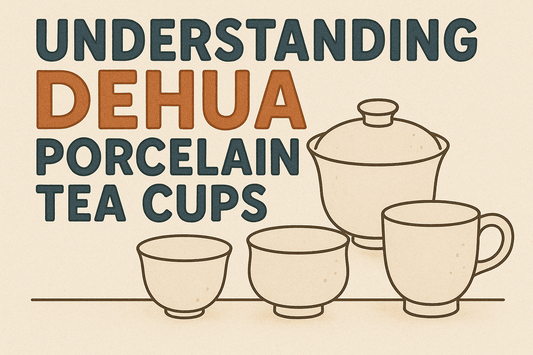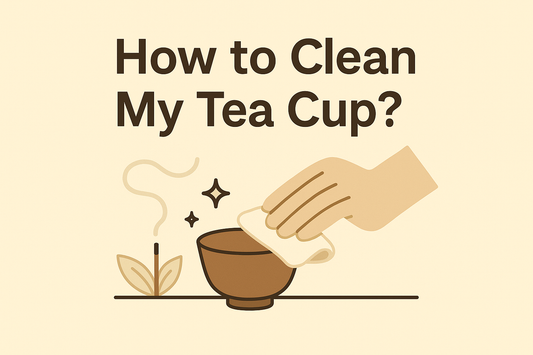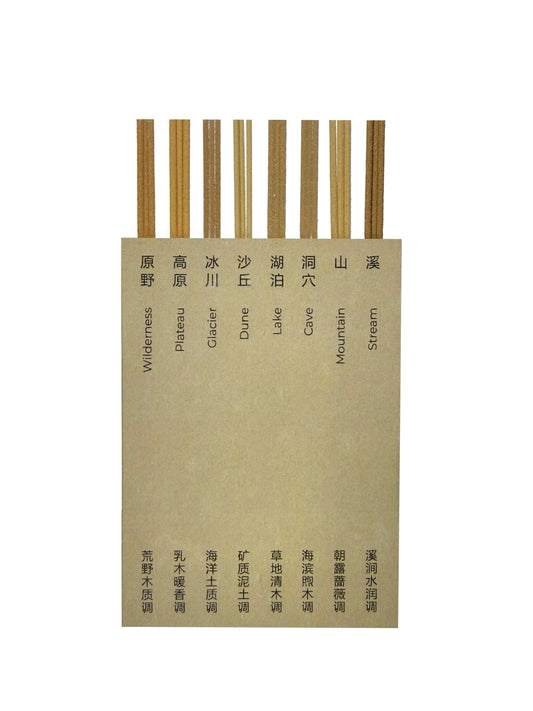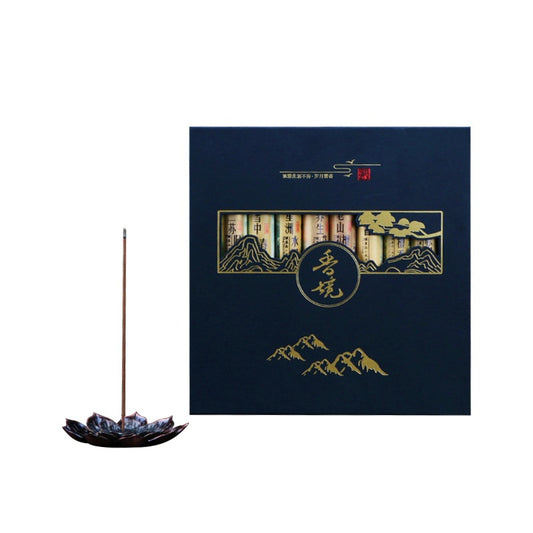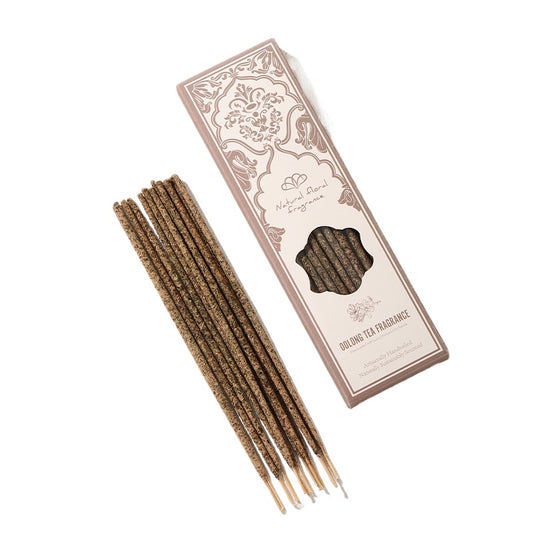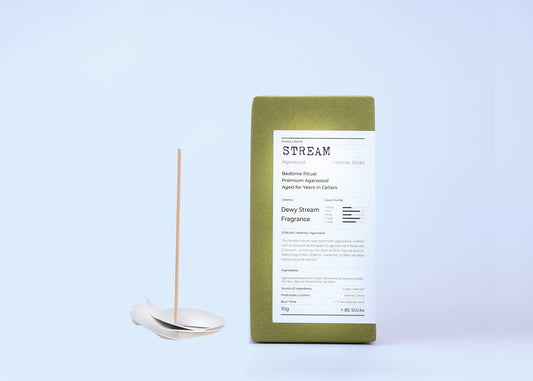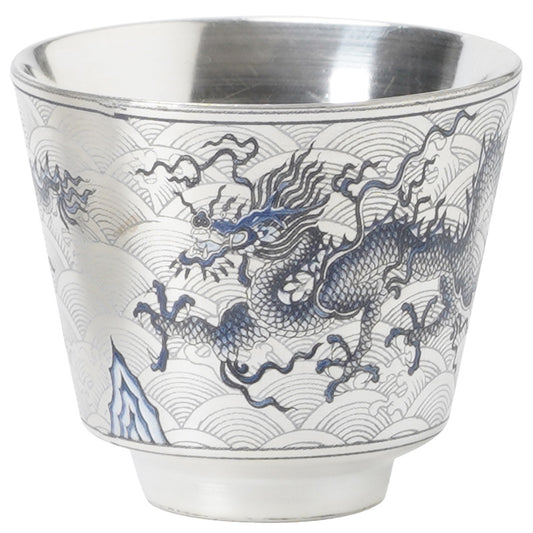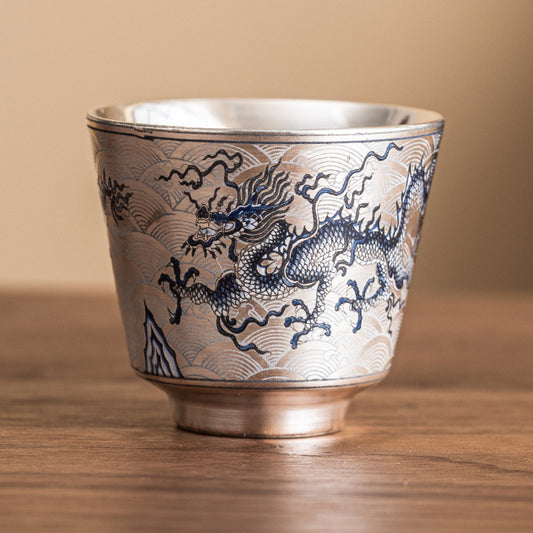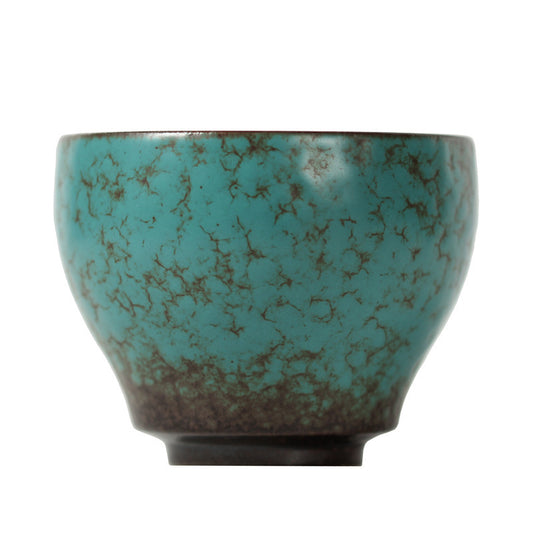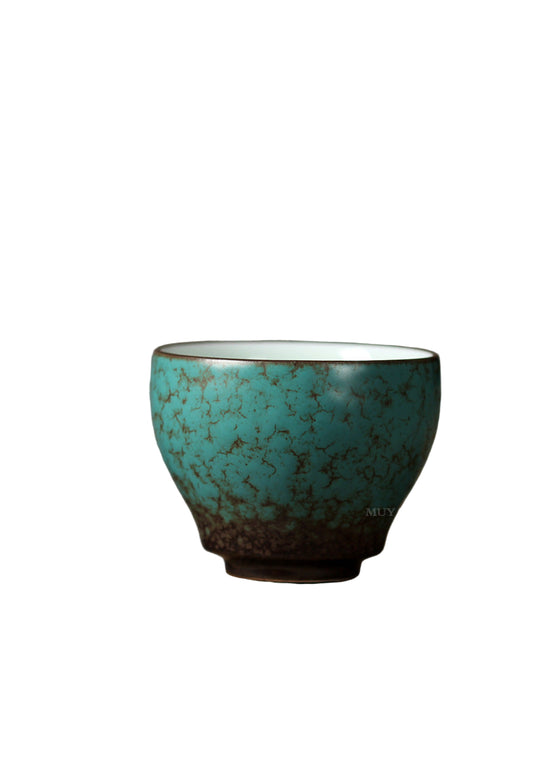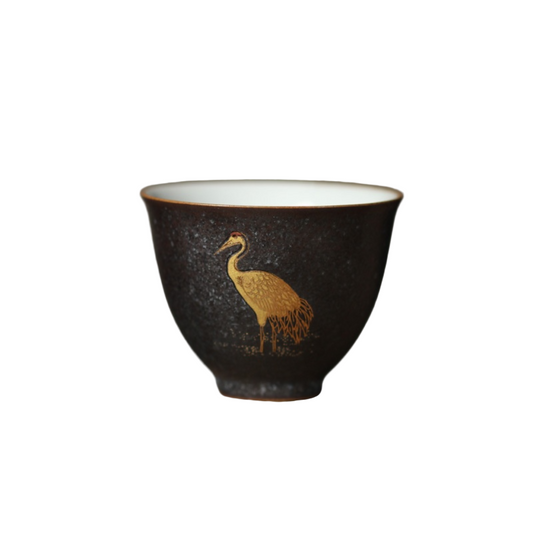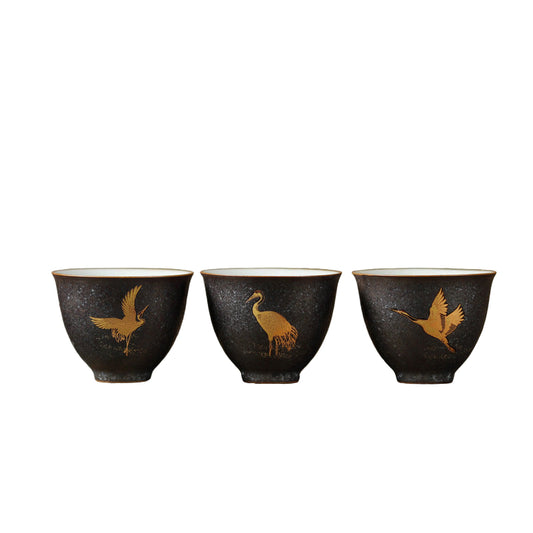
Tea Cup Cleaning Guide
Tea Cup Cleaning Guide: Remove Stains, Protect the Glaze
Fast daily care, safe stain removal by material, what to avoid, and how to store cups so they age beautifully.
Tea stains are mainly tannins that cling to tiny textures on glaze or glass. The gentle, reliable fix is twofold: use an alkaline lift (baking soda) for the brown ring, and a short acidic soak (citric acid or lemon) for mineral haze—adjusted to the cup’s material.
What You’ll Need (and quick safety)
- Baking soda — mild alkaline cleaner for tannin stains
- Citric acid (or lemon) — dissolves mineral haze
- Mild dish soap & soft sponge/cloth
- Optional: Hydrogen peroxide 3% — spot treatment only
- Never mix chemicals. Rinse before switching products. Gold rims/hand-painting: hand wash only; no dishwasher; no long acidic soaks.
The 90-Second Daily Clean
- Rinse right after tea. Prevents tannins from setting.
- Wash with a drop of mild soap and a soft sponge.
- Rinse well and air-dry upright on a rack.
Small habits protect the glaze and keep flavor pure.
The 5-Minute Weekly Refresh
- Alkaline lift: Make a baking-soda paste (1 tsp + a little water).
- Massage gently on the interior for 30–45 seconds.
- Rinse. If a faint ring or haze remains, do a short citric-acid soak (1 tsp in a cup of warm water, 2–3 minutes).
- Rinse again and let the cup dry fully.
Tip: For narrow cups, use a soft bottle brush. Avoid gritty powders and wire pads.
Stain Removal by Material
Porcelain & Bone China
- Start: Baking-soda paste with a soft sponge.
- If needed: 2–3 minute citric-acid soak—keep it short.
- Decor & gilding: Hand wash only. No dishwasher, no microwave, no prolonged soaks.
Ceramic & Stoneware (including matte/rough glazes)
- Safe path: Baking-soda paste + very light pressure.
- Avoid: Abrasives or hard scrubbers that burnish or scratch matte textures.
Glass
- Best: 5–10 minute citric-acid soak to dissolve mineral haze.
- Then: Quick baking-soda wipe, rinse well.
Stainless & Enamel
- Prefer: Alkaline cleaning (baking soda).
- Avoid: Chlorine bleach and strong acids (can pit or dull).
- Optional: Short oxygen-cleaner soak for stainless; rinse thoroughly.
When Stains Persist (Deep-Clean Options)
- Hydrogen peroxide 3% (spot only): Dab for 1–2 minutes, then rinse thoroughly.
- Melamine sponge: Light pressure, glossy glazes only; test a hidden spot first.
- Oxygen cleaner (percarbonate): 1 tsp in warm water, 10–15 minutes; rinse until no slick feel remains.
Safety first: Keep chemicals away from children. Don’t heat cleaners. Never mix products.
Drying, Storage & Smell Control
- Air-dry fully; trapped moisture causes a dull film or odor.
- Odor fix: 1 tsp baking soda in warm water for 10 minutes, then rinse.
- Store upright with a little space between cups to protect rims and allow airflow.
Quick Troubleshooting
- Grey film after washing: Mineral + tannin; do a short citric-acid soak, rinse.
- Metallic taste: Residual cleaner—rinse longer and air-dry.
- Stain returns fast: Rinse the cup immediately after tea; do the weekly refresh.
- Matte glaze getting shiny: You’re over-scrubbing. Use a softer cloth and lighter touch.




Keep It Zen — Next Steps
- Download the 1-page Tea Cup Care Card (PDF)
- Explore porcelain & hand-thrown cups that resist staining
- Subscribe for free to get a monthly ritual note
Short FAQ
- Is vinegar okay?
- In short soaks, yes for glass/most glazes; avoid long soaks on matte or decorated cups.
- Will baking soda scratch?
- It’s mild—use a soft sponge and gentle pressure.
- Bleach for tea cups?
- Not recommended for stainless/enamel; never mix bleach with acids.
- How often to deep-clean?
- When a ring appears—or monthly if you drink tea daily.
- Can I microwave cleaning liquids?
- Don’t heat chemicals. Warm water is enough.
- Gold rims?
- Hand wash only; no dishwasher, microwave, or long acidic soaks.
Tags:

